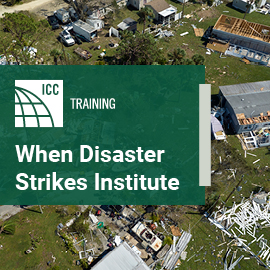
The American College of the Building Arts Hosts Code Council Chapter Meeting for the Coastal Code Enforcement Association of South Carolina
The American College of the Building Arts shows ICC members how the old way is sometimes the best way, highlighting the incredible work performed by tomorrow’s artisan
“Some say they don’t make things the way they used to. We beg to differ.” Those words are emblazoned on the front page of the website for the American College of the Building Arts (ACBA), a one-of-a-kind school that educates and trains artisans in the traditional building arts.
ACBA recently hosted a chapter meeting for the Coastal Code Enforcement Association of South Carolina (CCEA), which represents building officials and code enforcement officers in the Coastal South Carolina jurisdictions. The meeting featured a presentation about the history of building codes, as well as a tour of the ACBA facility, including its impressive library.
“The library itself has 17,500 items, around 13,500 of which are unique,” said Lieutenant General (Retired) Colby M. Broadwater, III, President of ACBA. “It’s designed around visual things. It’s building arts, decorative arts, fine arts – it’s what beauty looks like. In addition, we’ve collected quite a few older works that a lot of places don’t have anymore. We’re a repository for older work.”
The collection includes architectural works once held by President Jefferson. He sold them to the Library of Congress in 1815, with the goal of restarting the library after it was burned during the War of 1812.
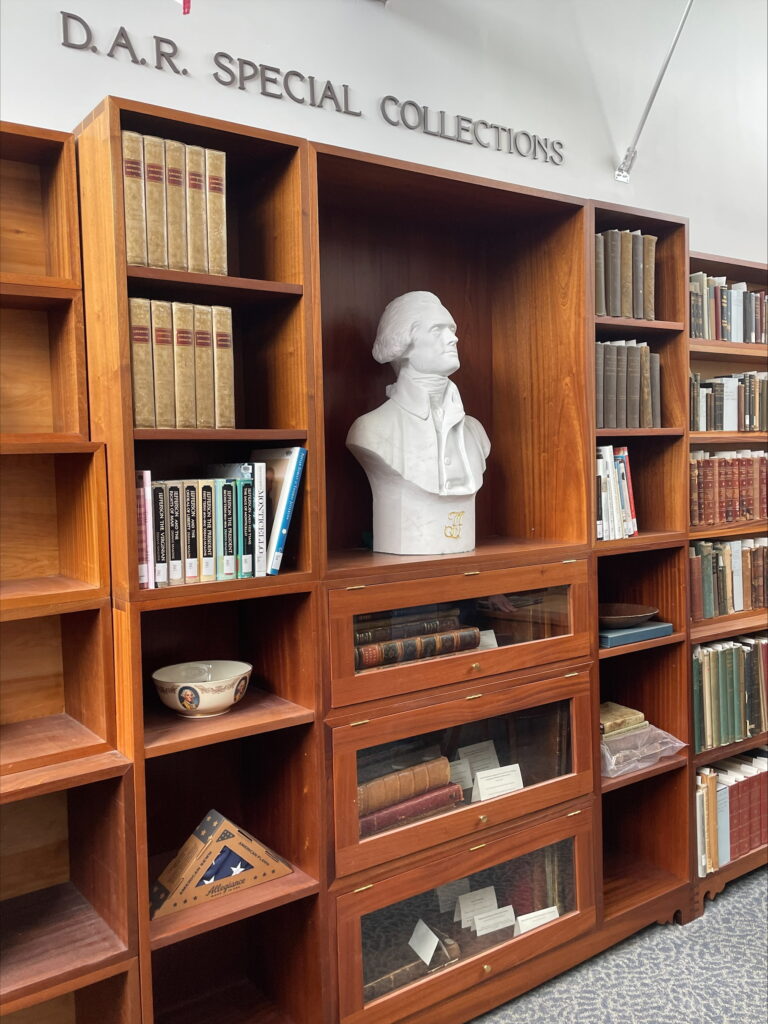
“We collected almost all the books in architecture that he had and a couple [about] gardening,” Broadwater added. “At the beginning of the 19th century, he had probably the finest library [of architectural works] in the world and we replicated that. It’s truly a unique library.”
Attracting Future Generations
CCEA, an International Code Council Chapter run by volunteers, includes building inspectors and other building safety professionals, as well as code enforcement officers.
“We take every opportunity to give our members the best experience they can get,” said K. Patrick Brown, CBO, CFM, Building Code Administrator for the Town of Edisto Beach, South Carolina and President of the CCEA. He is also a past president of the Building Officials Association of South Carolina (BOASC) and past chairperson of the South Carolina Association for Hazard Mitigation (SCAHM).
Brown liked the idea of CCEA members getting a closer look at ACBA and all that it offers, especially with how many building inspectors start their careers in some area of construction.
“Now we’re getting students out of high school, taking trade classes, and working their way into the inspector field,” Brown continued. “We even had some younger inspectors following in their parents’ footsteps into the trade. I feel like it’d be good for them to get an inside look at some of the colleges/training facilities out there.”
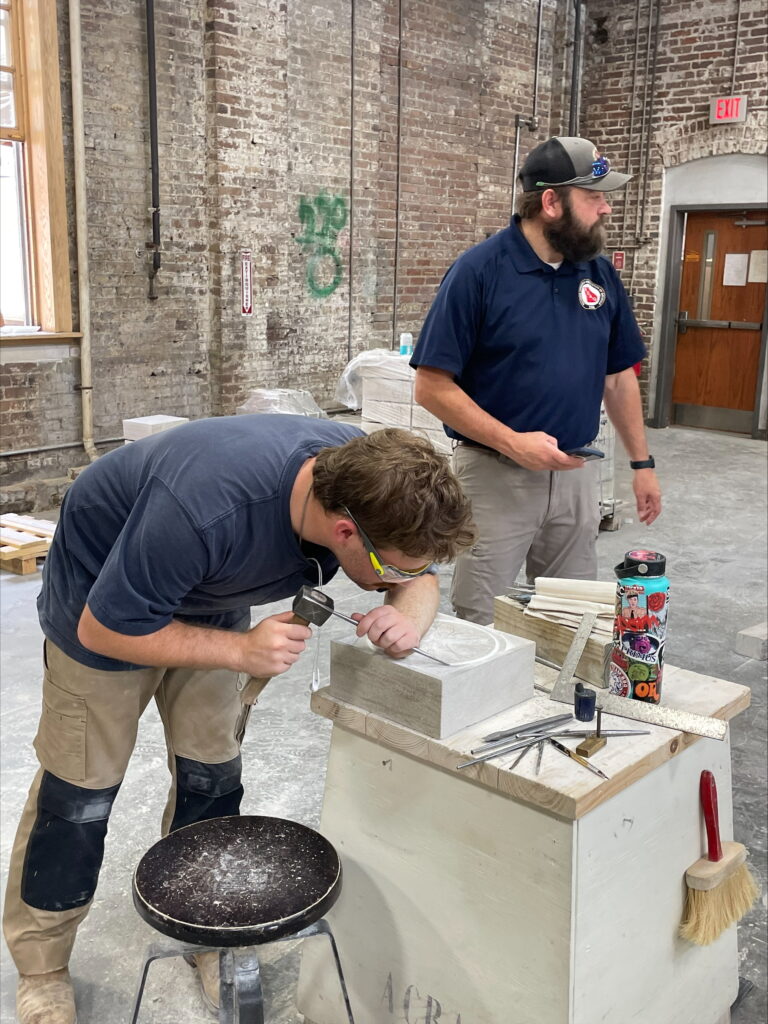
South Carolina is an especially favorable environment for aspiring building officials. The state allows newcomers to receive a provisional license that enables jurisdictions to hire and train inspectors before they receive any certifications.
“The state even has funding to help send that person to class, get them an exam, get them certified – that has helped a lot as far as getting younger kids in,” said Brown.
Employers Are Waiting for New Graduates
ACBA may not be a school for building safety, but it is training future generations on how to improve and preserve the built world. With a curriculum that’s both affordable (tuition is less than $10,000 per semester) and unique, students can secure a four-year Bachelor of Applied Sciences degree or two-year Associate of Applied Sciences degree in the Building Arts.
The former offers six specializations:
- Architectural Carpentry
- Blacksmithing
- Classical Architecture & Design
- Plaster
- Architectural Stone
- Timber Framing
For a two-year degree, students may specialize in the Fundamentals of Architectural Carpentry & Timber Framing, Blacksmithing, Plaster or Architectural Stone.
“Our students also do three internships,” said Broadwater. “They’re already known by people in the industry by the time they graduate and very often get snapped up. Most of them have jobs before they leave here.”
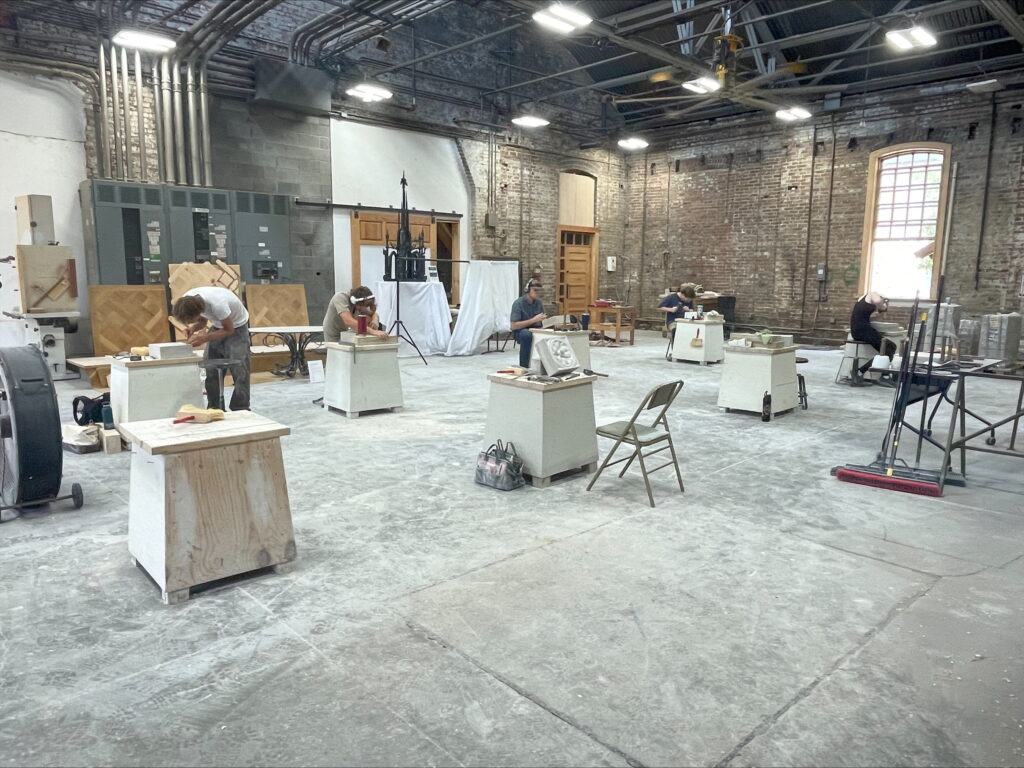
Students and graduates frequently go on to do great things. Some students even get to work for the Architect of the Capitol during summer break. Others head to the United Kingdom to hone their stone carving skills while working on historic cathedrals.
Broadwater was so impressed by ACBA that he left corporate America to join the school as president in 2008. But the journey to building this school began long before his arrival, dating all the way back to the aftermath of Hurricane Hugo in 1989. Ultimately, the state didn’t have enough skilled individuals to restore the one-of-a-kind homes that were damaged by the storm.
To better prepare for future restoration projects, government officials began to discuss a possible solution. They explored how workshops could be used to train people how to complete certain tasks, but that wasn’t enough and would not allow for the level of expertise that’s necessary to train a real craftsman.
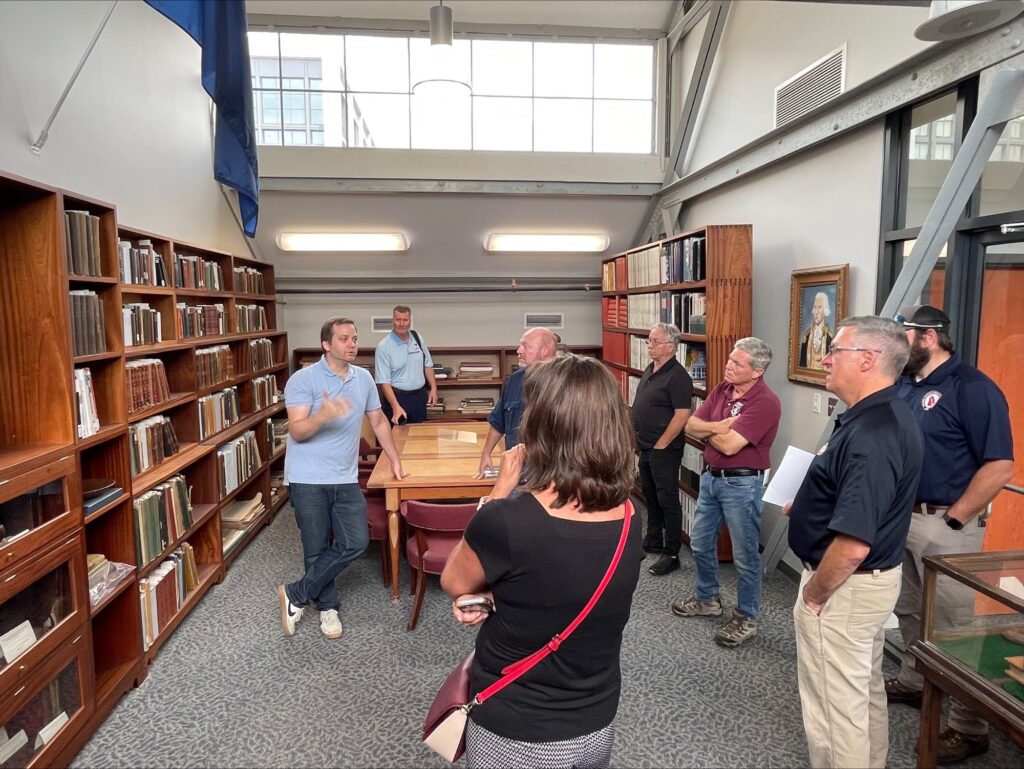
Instead, ACBA took a page from Compagnons du Devoir, a 10-year program with no degree that successfully trains artisans in France.
“These are the same guys that just re-built the Notre Dame Cathedral,” said Broadwater. “They came here and helped put the program together.”
A 10-year program would be too long for most Americans, who are used to four years of college, so ACBA condensed the learnings whenever possible.
“They took a preservation degree taught at any number of colleges in the U.S., added a truncated program the French helped put together for the hands-on component and started teaching in 2005,” Broadwater recalled. “If you got passion, and you want to learn, we’re here to teach young men and women the classic ways for quality construction and preservation and new construction. Our students can compete with anybody!”
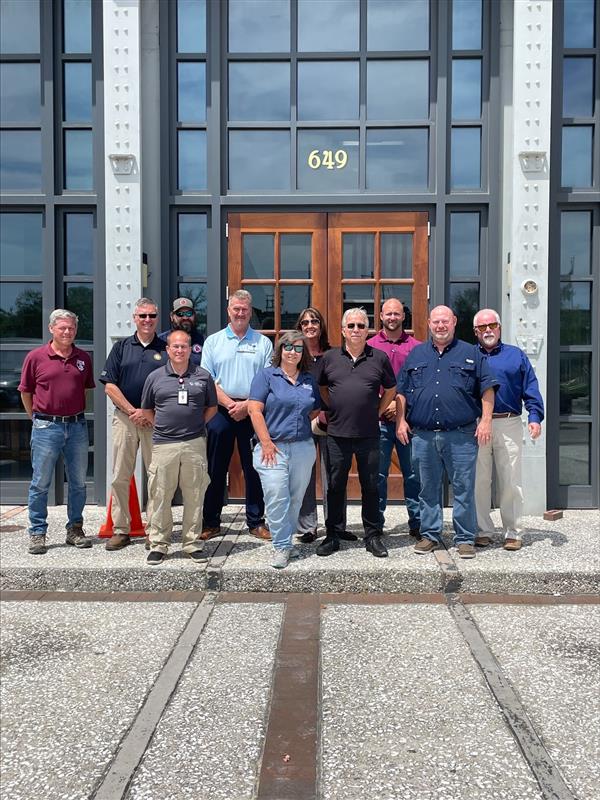
To learn more about career opportunities in building safety and take advantage of professional development opportunities offered by the Code Council, click here.






